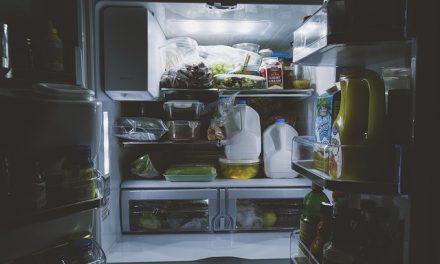Which types of seafood are best?
There really are no "best" fish and shellfish. The lowest-fat types such as cod and crabmeat are ideal replacements for protein foods higher in saturated fat, plus these seafoods tend to be lower in calories. Oilier fish -- like salmon, mackerel, and sardines -- are recommended for their high omega-3 content. Although lower-fat types of seafood tend to have fewer omega-3s, they still can contribute important amounts of the special oils if eaten regularly. The best advice is to eat more of all types of fish and shellfish.
Are freshwater fish, from lakes and rivers, good sources of omega-3s?
Yes, freshwater fish can be valuable sources of omega-3s. For instance, a 3-ounce serving of cooked freshwater bass has about 0.6 grams of omega-3s, while wild rainbow trout has about 0.8 grams. (See chart for seafood comparisons). Lower-fat fish like northern pike, walleye pike, sunfish and perch have omega-3s as well, but fewer than oilier fish.
If try to get more omega-3s in my diet, won't that boost my fat intake?
The fat level in most types of seafood -- even oilier types -- provides a fraction of the recommended level, which is no more than 30 percent of calories from fat. For example, a three-ounce serving of even one of the oiliest fish (and therefore a rich source of omega-3s), Atlantic mackerel, has less than 25 percent of the 67 grams of total fat allowed for a person who consumes 2,000 calories a day. And the vast majority of fish and shellfish provide far less fat than mackerel.
Which type of fish has more omega-3s: farm-raised or fish caught in the wild?
It depends. For farm-raised fish, omega-3 levels depend on the species of fish and how they are fed. For instance, since farm-raised trout and salmon are typically fed fish meal which provides omega-3s, they tend to have omega-3 levels similar to those of their wild counterparts. As far as fish caught in the wild are concerned, omega-3 levels vary according to the time of year, as well as age and size of the species. The best advice is to consume a wide variety of all types of fish and shellfish -- both farm-raised and wild.
Are omega-3s destroyed with cooking and storage?
Omega-3s can be destroyed by heat, air, and light. So the less processing, heat, air exposure, and storage time, the better for preserving omega-3s in seafood. Freezing seafoods -- as well as cooking with methods like baking, broiling, and steaming -- cause minimal omega-3 losses. But deep frying, with its very high temperatures, could destroy some omega-3s and also add high levels of total fat to the finished fish product. The best way to preserve omega-3s and keep down your total fat intake is to use low-fat cooking methods such as baking, broiling, poaching, steaming, stir-frying, grilling, and sauteeing in little or no fat -- in all cases, just cooking until the point of doneness.
Are fish oil supplements that you can buy in pharmacies and health food stores good substitutes for fish?
Most experts do not advise routine use of fish oil supplements which can have side-effects such as fishy breath, gastrointestinal upset, and possibly easy bruising. One problem with fish oil supplements is that they can give people a false sense of security, encouraging them to think they can eat unhealthful foods and be protected from heart disease at the same time. On the other hand, people who eat more seafood are likely to substitute it for fattier meats. The idea is to eat more fish and shellfish in the context of a healthy diet that limits high-fat foods. (Sometimes fish oil supplements are recommended for certain medical conditions or for people who cannot eat seafood, but they should be taken under a physician's supervision.)
Can I get my omega-3s from anything other than fish and shellfish?
When experts talk about the benefits of omega-3s, they are usually referring to seafood sources of the special oils. However, certain plant-derived foods -- including canola oil, flaxseed oil, soybean oil, nuts, certain vegetables, and tofu -- provide a different type of omega-3 fatty acid which, to a limited extent, can be converted by the body to the type of omega-3s provided by fish. However, you would need to eat at least several times more of the plant type of omega-3 to get the same benefit as a lesser amount of fish oil. The bottom line is that the most efficient way to get your omega-3s is from fish and shellfish.
Try some of these recipes: Cold Poached Salmon, Broiled Catfish, Mustard Sole Fillets or visit the seafood area of The Diabetic Gourmet Magazine Recipe Archive.
0
National Fisheries Institute







